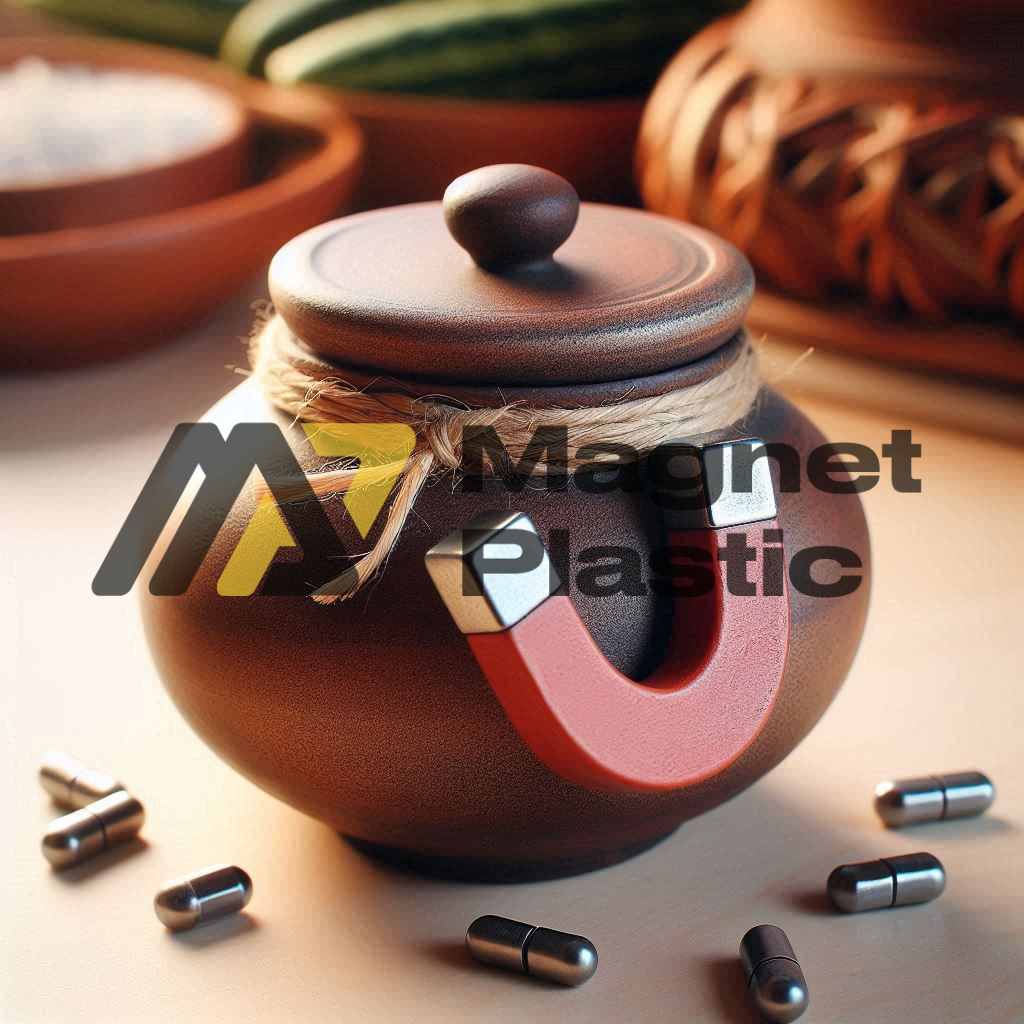Magnetic Separation in Ceramic Processing
Magnetic separation in ceramic processing is a fundamental tool to ensure high-quality ceramic products. This technology is used to remove metallic impurities that can affect both the appearance and the mechanical properties of the material. Throughout ceramic manufacturing, the presence of ferrous particles is a recurring problem that can compromise the final result, which is why magnetic separation has become a critical step within production processes.
How Does Magnetic Separation Work?
The principle of magnetic separation is simple: it uses powerful magnets to attract metal particles present in ceramic materials, efficiently removing them. These metal particles can enter the process during the extraction and transport of raw materials or even through equipment wear. Magnetic separation in ceramic processing is applied at multiple stages, from the preparation of the materials to the final finish, ensuring the purity of the material.
Importance of Magnetic Separation in Ceramics
In ceramic manufacturing, any metal particle, no matter how small, can cause defects in the structure or appearance of the final product. For example, iron impurities can cause stains or even weaken the piece, affecting its durability and aesthetics. By using magnetic separation in ceramic processing, manufacturers can ensure products free of these impurities, resulting in stronger and more aesthetically impeccable ceramics.
In addition to improving product quality, magnetic separation protects manufacturing equipment, which can be damaged if metal particles are not removed in time. This prolongs the life of the machinery and reduces the costs associated with repairs.
Magnetic Separation Equipment in the Ceramic Process
There are different types of magnetic separation equipment designed to adapt to the different stages of ceramic processing. Some of the most commonly used include:
Magnetic belt separators: These are ideal for removing metals in continuous production lines, where materials move on conveyor belts.
Magnetic drums: Used in the pre-sorting of raw materials, efficiently separating ferrous particles before processing.
Magnetic filters: Perfect for liquid or powder processes, they capture impurities suspended in the material, ensuring that ceramics are pure and of high quality.
Permanent magnets: Compact and efficient, these separators remove small metal particles that may go unnoticed in previous stages.
Benefits of Magnetic Separation in Ceramic Processing
Implementing magnetic separation offers notable advantages:
Quality assurance: Removing metal particles ensures that products meet the highest quality standards.
Machinery protection: Preventing metal impurities from entering equipment reduces wear and extends the life of machinery.
Improved efficiency: By keeping ceramic materials free of contaminants, rework or scrap is avoided, optimizing the process and reducing costs.
Waste reduction: Less material is discarded, which contributes to more sustainable and economical processes.
Conclusion
Magnetic separation in ceramic processing is an indispensable technology for any manufacturer looking to maximize the quality of their products and improve the efficiency of their production process. By ensuring the removal of ferrous impurities, not only is a better finish and greater durability of ceramic pieces ensured, but equipment is also protected and operating costs are optimized. In an industry as competitive as ceramics, investing in magnetic separation equipment is key to staying ahead.
